Finding bugs and security gaps has become very common in this continuously evolving cybersecurity landscape. Hence, in today’s digital world, the security of applications has become essential. To maintain the integrity and security of the application, application security testing is essential. Users look for a secure application that provides security to their sensitive information. This helps firms to build trust and reliability with their users.
There are various tools to check applications’ security and vulnerabilities. This blog aims to provide a comprehensive guide on what application security testing is and how it works.
What is Application Security Testing?
Application security testing is a process where the cybersecurity firm performs a security check on the applications through various tools and techniques. This process is performed to make the application’s security stronger. During this process, all the vulnerabilities and potential gaps are reported and resolved.
This is done, so that the cyber attackers cannot steal sensitive data and exploit the application without legal permission. This process involves various steps. These steps include checking, analyzing, and reporting. It is important to perform AST before an application is released into the market. It also ensures that the code is secure and reliable. This also helps the brand develop trust and loyalty with its user base.
Want to look at a real application security testing report? Just click the button below and download one right now!
Latest Penetration Testing Report

Why is Application Security Testing Important?
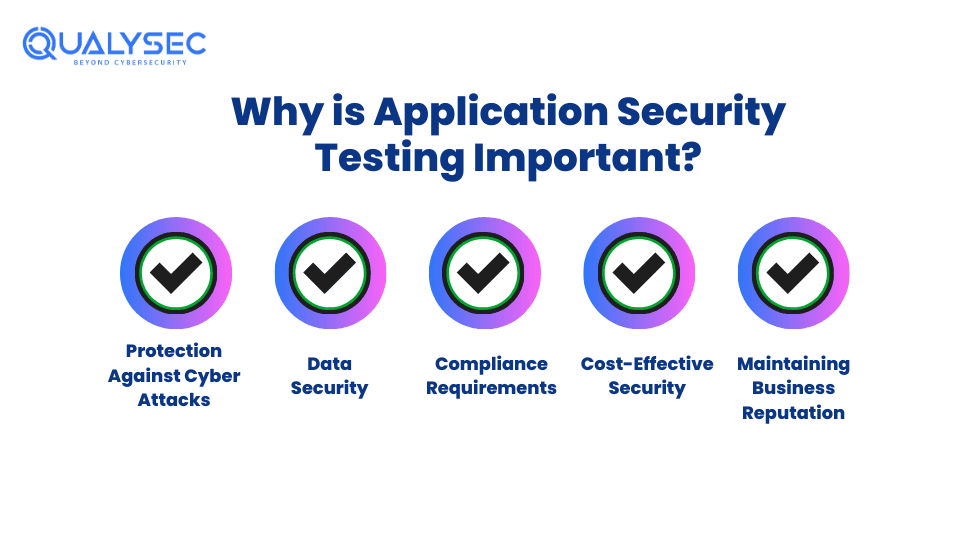
Application security testing (AST) is important because it helps organizations find security flaws and gaps in their applications. AST not only finds flaws and potential threats but also helps the application with the following aspects:
- Protection Against Cyber Attacks: Cyber attacks have become common with the increase in the usage of applications and software on the internet. Hence, an AST helps in the identification and resolution of the potential risks that could be exploited by cybercriminals.
- Data Security: Securing the user’s sensitive information is important. This sensitive data may include, personal information and banking details. AST makes sure that this information is protected and secured.
- Compliance Requirements: AST helps the application fulfill these regulations, such as PCI DSS, GDPR, and ISO 27001. These regulations are necessary for an application and help in managing data security and privacy.
- Cost-Effective Security: It is important to address security flaws and security risks while the application is still being developed. Finding and resolving potential security risks after an application is launched is time-consuming and costly.
- Maintaining Business Reputation: A Firm’s reputation is very crucial. Loss of sensitive data from the firm’s application can lead to loss of reputation and trust. AST helps maintain this trust and reputation by identifying potential risks.
What’s the Difference Between Cloud, Web, and Mobile Application Security?
Cloud, Web, and Mobile application security testing is associated with different types of apps in various environments. In cloud security testing, the process is defined for cloud apps and applications. Web and mobile application security testing is associated with identifying vulnerabilities and resolving these security flaws in web and mobile-based environments.
Here is a table, that defines the differences between cloud, web, and mobile application security testing based on various aspects as follows:
| Aspect | Cloud Application Security | Web Application Security | Mobile Application Security |
|---|---|---|---|
| Focus | Protecting applications that run on cloud platforms. | Securing applications accessed through web browsers. | Secure app development, data encryption, and regular updates. |
| Main Concerns | Secure app development, data encryption, and regular updates. | Cross-site scripting (XSS), SQL injection, DDoS attacks. | Secure app development, data encryption, and regular updates. |
| Security Measures | Encryption, identity and access management, secure APIs. | Firewalls, secure coding practices, vulnerability scanning. | Secure app development, data encryption, regular updates. |
When Should Application Security Testing be Performed?
Application security testing is important but when it needs to be performed is equally important. AST is better to be performed when the software for the application is still being developed. Hence, this development phase is also called as software development life cycle (SDLC). Here are the various phases within the SDLC:
- During Development: Regularly test the code as it is being written to catch and fix security issues early.
- Before Deployment: Conduct thorough security testing to ensure the application is secure before it goes live.
- After Updates: Test the application after any updates or changes to ensure new vulnerabilities haven’t been introduced.
- Regularly in Production: Continuously monitor and test the application to identify and address new security threats.
Want to secure your software applications from various security risks? Qualysec Technologies provides the best application security testing through hybrid penetration testing services. So, if you want to keep your application and business running smoothly, click below!
Talk to our Cybersecurity Expert to discuss your specific needs and how we can help your business.
What are the Best Application Security Testing Tools?
There are lots of application security testing tools available in the cybersecurity market that various organizations use for various purposes. Here is a list of all the best security testing tools an organization should use:
| Tool | Description |
|---|---|
| Burp Suite | A popular penetration testing tool that is used for finding security issues in mobile applications. It acts as a layer between the browser and the application. |
| MobSF | MobSF is a tool that works for mobile apps on platforms such as Android, iOS, and Windows. It supports various formats and also helps in analyzing. |
| ApkTool | This tool is used for reverse engineering Android apps. It helps in decoding resources to their actual form. It provides a step-by-step debugging code. It is an opensource tool. |
| Frida | This tool is used for reverse engineering Android apps. It helps in decoding resources to their actual form. It provides a step-by-step debugging code. It is an open-source tool. |
| Drozer | A security assessment tool for Android apps. It identifies vulnerabilities by accessing inter-process communication endpoints and the OS. |
| Netsparker | This tool is used to detect and verify vulnerabilities using proof-based scanning technology, eliminating manual verification. |
| OWASP ZAP | A popular and respected free tool for web application penetration testing. It helps with security audits during the development and testing phases. |
| Pacu | When it comes to cloud security testing pacu is an open-source AWS exploitation framework that is designed to test cloud security. |
Conclusion
In today’s digital world, the security of applications has become essential, making it necessary for businesses to develop applications that have a strong security posture and no potential risks for data theft by cyber-criminals. Hence, application security testing plays an important role in identifying and mitigating these vulnerabilities.
Businesses need a cybersecurity firm such as Qualysec, that can help firms and businesses uphold a strong security posture. Qualysec is a leading cybersecurity company that offers reliable application security testing services in the cybersecurity landscape. Therefore, Qualysec brings a proactive approach with its testing methodologies and penetration testing which is necessary to protect businesses from cyber threats and build trust.
FAQ
Q: What is app security testing?
A: App security testing is an approach that analyses the source code and other app architecture to identify vulnerabilities. Hence, it is done by cybersecurity professionals through various automated and manual techniques.
Q: When should AST be performed and what are the different stages?
A: AST needs to be performed during its SDLC (Software Development Life Cycle) and thus, the various phases are as follows:
- During Development
- Before Deployment
- After Updates
- Regularly in Production
Q: Why application security is important?
A: Application security is important because it not only identifies vulnerabilities but also
- Free the application from vulnerabilities
- Meet compliance needs and protect sensitive data
- Build customer trust and maintain reputation












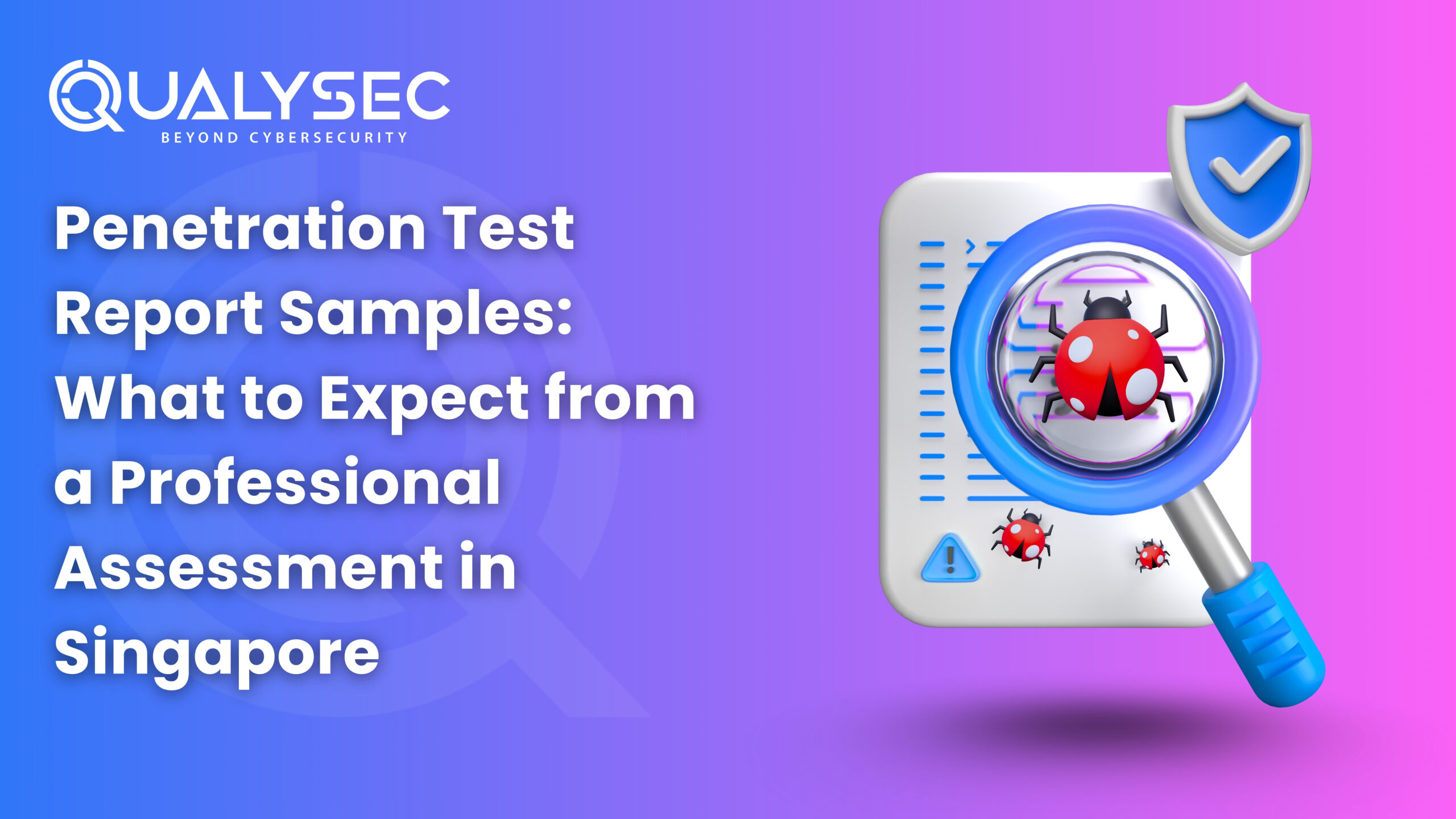
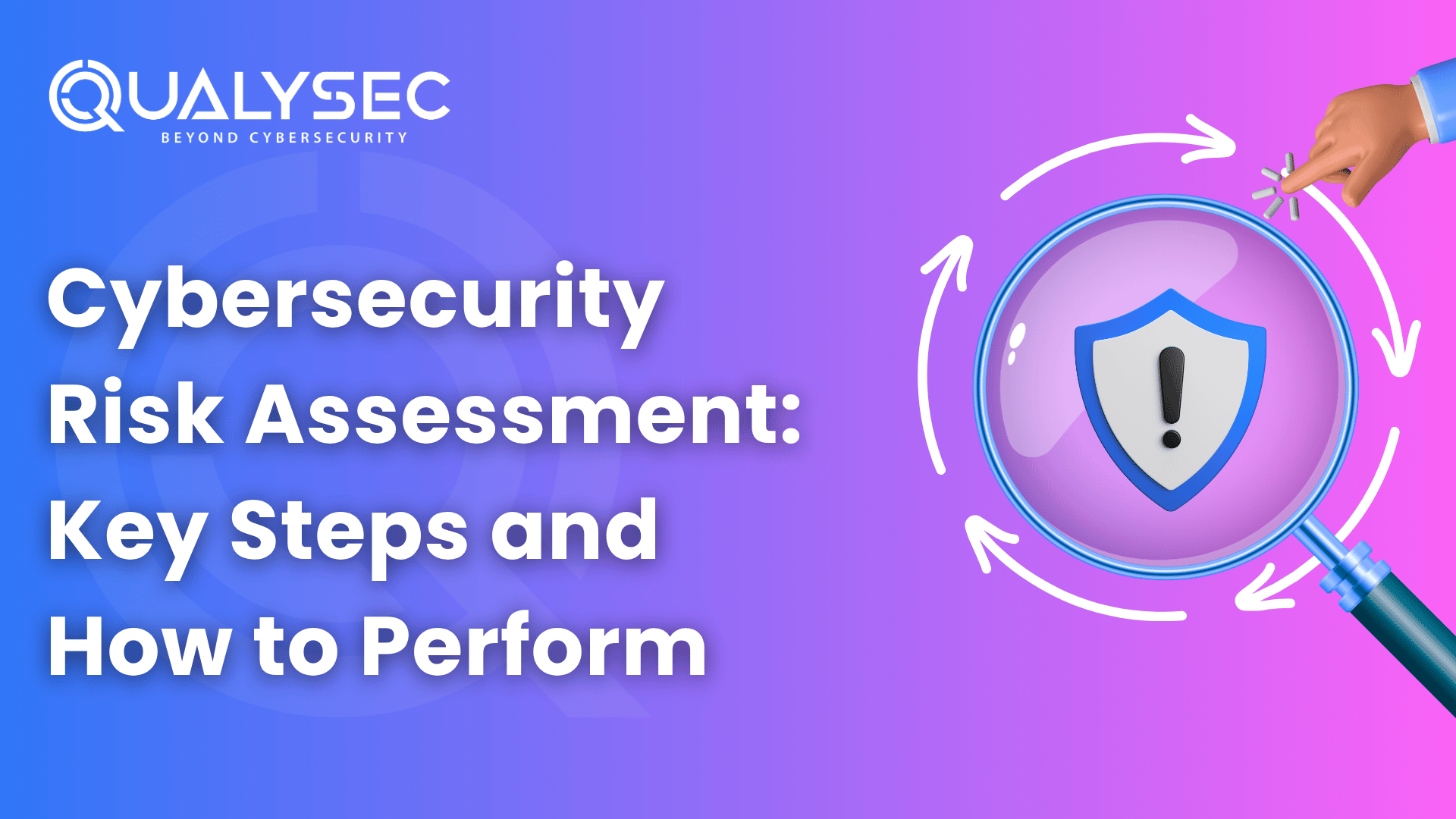
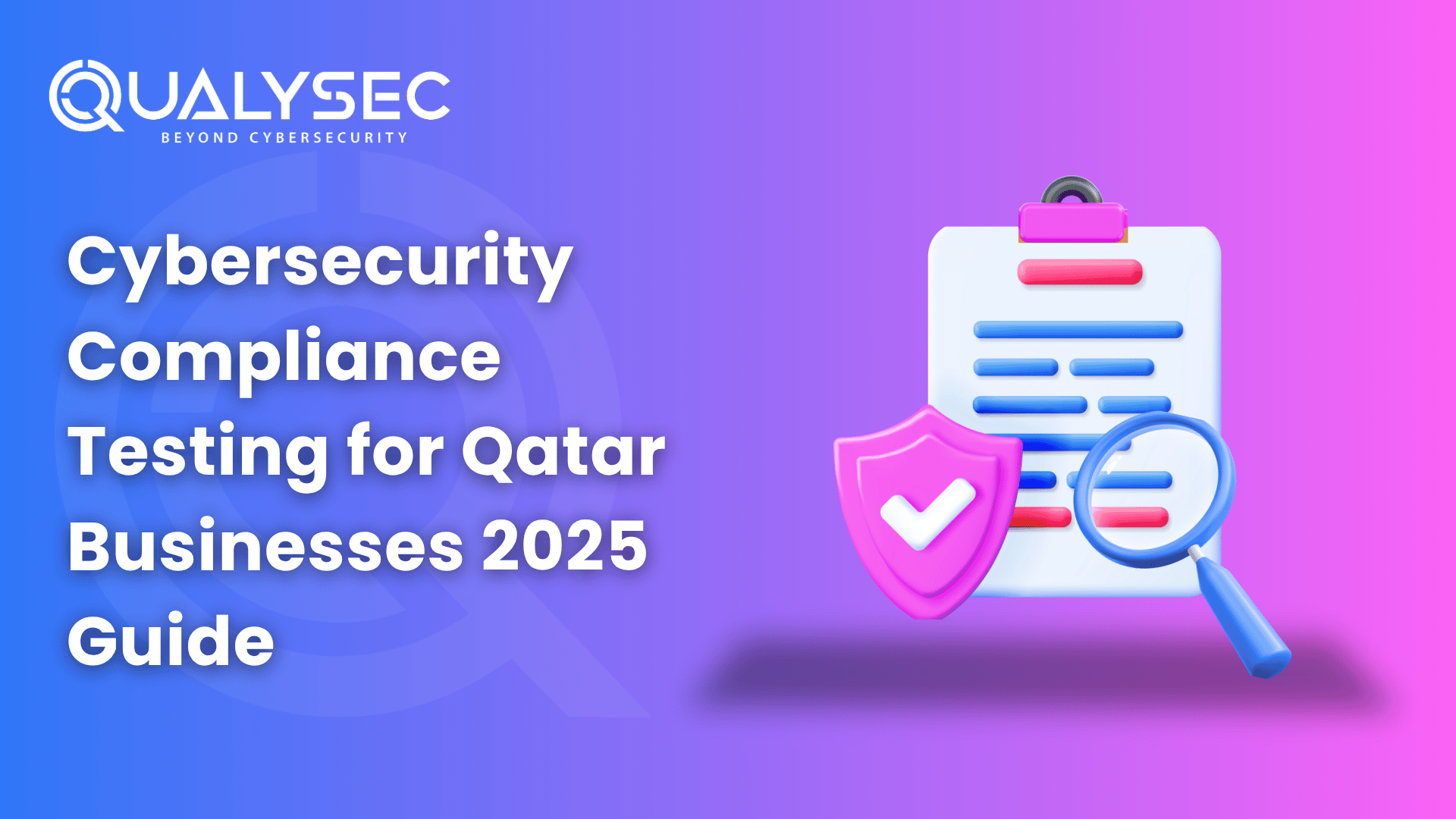




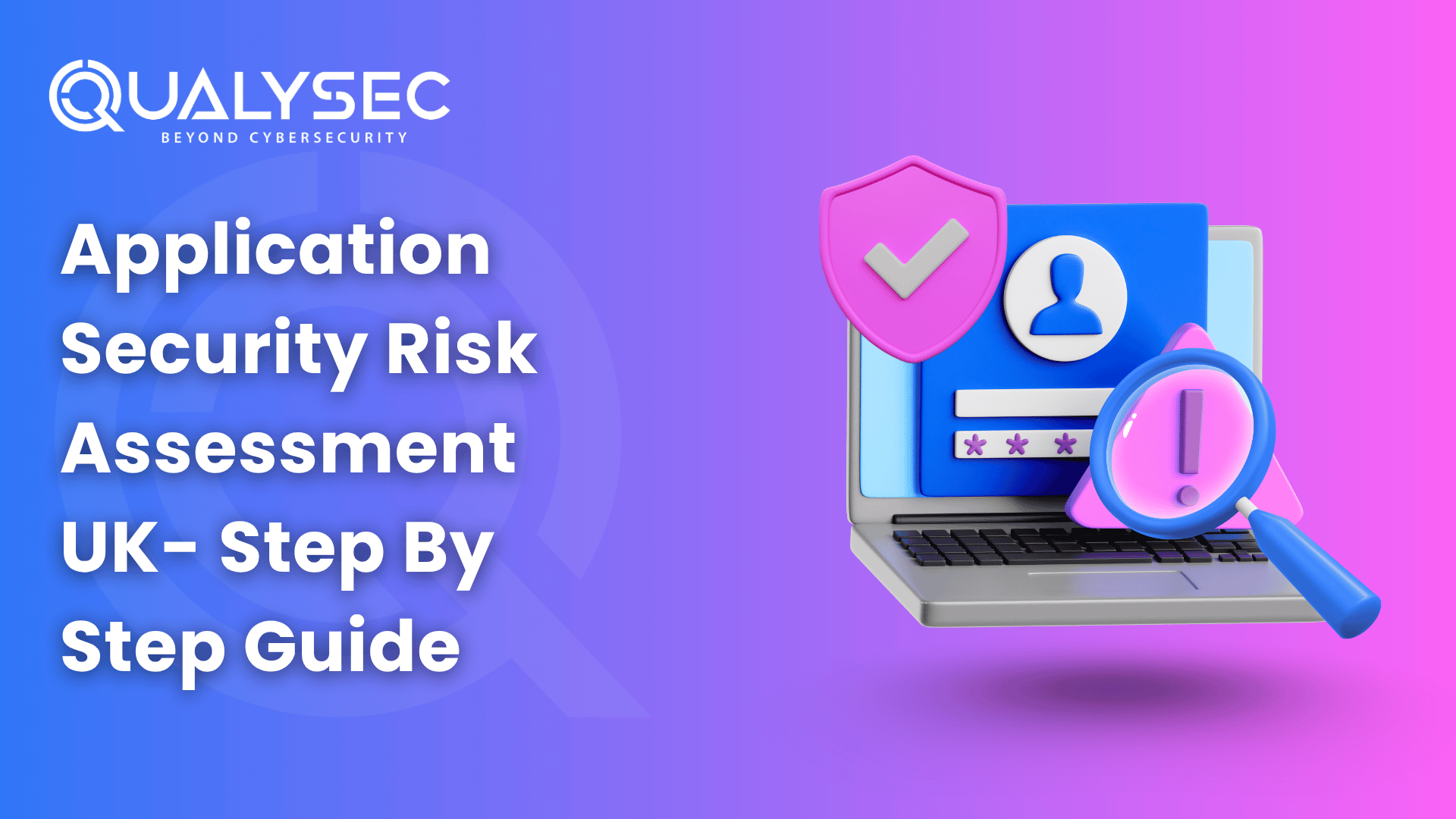



























































































































































































































































































































0 Comments